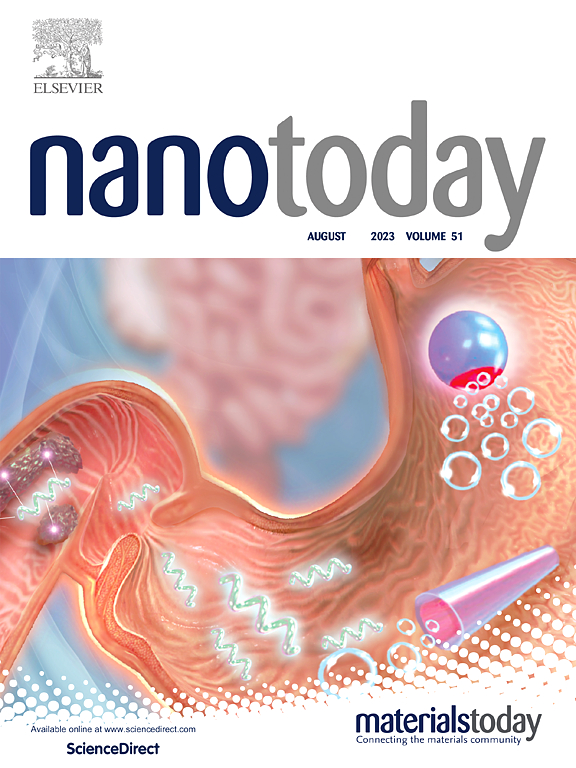Lipid peroxidation in macrophages essentially contributes to the development of lung fibrosis
IF 13.2
1区 材料科学
Q1 CHEMISTRY, MULTIDISCIPLINARY
引用次数: 0
Abstract
Particle-induced pulmonary fibrosis is a common health threat issue, which gives rise to considerable morbidity and even death worldwide. Nonetheless, the roles and underlying molecular mechanisms for different types of cells in driving fibroblast transformation remain elusive. Growing evidence suggests that macrophages crucially determine the initiation of fibroblast transformation through the well-known pro-inflammatory responses and inappropriate repair of inflammation. Encouragingly, we here observed remarkable lipid peroxidation (LPO) in macrophages in bronchoalveolar lavage fluid (BALF) from patients with pneumoconiosis (namely occupational dust-induced pulmonary fibrosis) in comparison to lower levels of LPO in BALF macrophages from the control individuals without pulmonary fibrosis. To corroborate these observations, we examined LPO and the downstream events (including ferroptosis and fibroblast activation) in vitro and in vivo. Strikingly, macrophages exhibited differential responses to diverse particles, and the most remarkable LPO was observed in cells upon exposure to graphene oxide nanosheets (GON), a fundamental composition of carbon-based airborne fine particles, relative to other widely spread particles, such as SiO2 and Fe2O3. The subsequent mechanistic investigations revealed that GON enhanced the induction of transforming growth factor-beta 1, a decisive cytokine in promoting lung fibrosis, accounting for reinforced fibroblast activation. Animal experiments further validated GON-induced LPO in macrophages and fibroblast activation. This study opens a new avenue to understand particle-induced lung fibrosis, and also pinpoints the therapeutic significance of macrophagic LPO.
求助全文
约1分钟内获得全文
求助全文
来源期刊

Nano Today
工程技术-材料科学:综合
CiteScore
21.50
自引率
3.40%
发文量
305
审稿时长
40 days
期刊介绍:
Nano Today is a journal dedicated to publishing influential and innovative work in the field of nanoscience and technology. It covers a wide range of subject areas including biomaterials, materials chemistry, materials science, chemistry, bioengineering, biochemistry, genetics and molecular biology, engineering, and nanotechnology. The journal considers articles that inform readers about the latest research, breakthroughs, and topical issues in these fields. It provides comprehensive coverage through a mixture of peer-reviewed articles, research news, and information on key developments. Nano Today is abstracted and indexed in Science Citation Index, Ei Compendex, Embase, Scopus, and INSPEC.
 求助内容:
求助内容: 应助结果提醒方式:
应助结果提醒方式:


